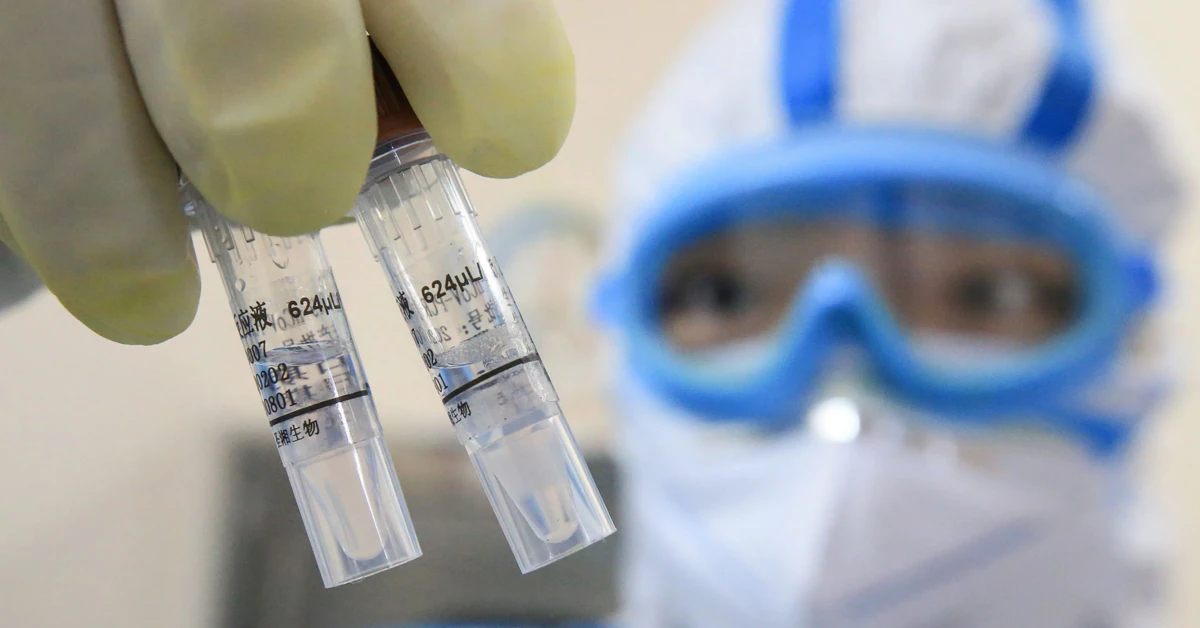Let’s cut to the chase
You’ve probably wondered, “Didn’t we already figure this out?” Right? But here’s the thing: the World Health Organization says we’re still stuck. Four years into a global pandemic, and nobody can say with certainty where SARS-CoV-2 came from. It’s as frustrating as it sounds… but also kind of a wild ride for anyone who loves solving mysteries.
We’re not talking about guesswork here. Scientists tried. They crunched the data, stared at genetic sequences, and even sent teams to Wuhan. But missing documents, politics, and a trail that’s gone cold? Oh yeah, that stuff really slowed things down.
Why does any of this matter?
If you’re the “just move on” type, I get it. But stick with me here—this isn’t just about pointing fingers. The origin of the virus shapes how we prepare for the next one. Like, if it was a lab leak, we’d need stricter safety protocols. Natural jump from an animal? Villages near bat caves need protection. The stakes are real. And headlines like “WHO coronavirus investigation” or “pandemic source” keep popping up because the world wants clarity.
How did we get here?
Back in 2020, the WHO’s first report pointed at animal markets in Wuhan. That theory made sense on paper: bats carry similar coronaviruses, and markets mix animals, viruses, and humans. But fast-forward to June 2025? A study from Al Jazeera dropped the mic: critical evidence still hasn’t materialized. Tedros, the WHO’s director-general, put it bluntly—“All hypotheses must stay on the table.”
So where’s the data that would’ve sealed the deal? Password-protected lab notebooks? Early 2019 hospital logs? Unanswered questions like these have kept the origin debate alive far longer than anyone expected. Even The Express Tribune reported that the lab leak idea hasn’t vanished, despite how much people would rather forget it existed.
Let’s unpack the theories
The truth? There’s no “single source” label with a neat bow. Let me break down the top theories so you can decide what sits right with you.
Zoonotic transmission: The animal-to-human route
Viruses don’t usually target humans without practice. They evolve in animals first. For SARS-CoV-2, bats are the prime suspects. They’re like living biocenters for coronaviruses, and a study in the PMC database noted that genetic matches between bat viruses and SARS-CoV-2 are out there. But no “Aha!” moment like finding an infected pangolin at the market.
Here’s the kicker: even if bats were the source, scientists can’t say how the virus crossed into humans. Was it through an intermediary animal? Direct contact? That’s where the pieces go missing.
Lab leak: The controversial angle
Hold up—I’m not here to fan flames or play conspiracy theorist. But let’s call it like it is. The WHO’s position isn’t wild dismissal. They’re saying, “We don’t know.” And honestly, that’s the most responsible stance.
Fact: Wuhan has virology labs. Fact: Scientists there studied bat coronaviruses. Fact: Lab leaks aren’t unheard of (see: 2004 SARS incident in Beijing). But without access to lab records, experiments, or details about staff health reports? We’re left with… well, questions.
The big comparison table
| Theory | Evidence For | Gaps |
|---|---|---|
| Zoonotic origin | Bats host similar viruses; global outbreaks often linked to wildlife trade | No clear animal-human bridge; key Wuhan wildlife sample info missing |
| Lab leak | Open questions about biosafety protocols; Wuhan labs’ past research | No concrete records of lab accidents; limited data sharing from China |
What’s making this so hard?
You try solving a cold case when half the crime scene is off-limits. Origin tracing is about chasing shadows. The WHO’s 2025 report spelled it out: authorities in Beijing didn’t exactly roll out the red carpet for investigators. Without the raw details, how can researchers separate “maybe” from “definitely”?
Even tech tools are hitting limits. AI can analyze genomes, right? But older versions Skimped on how the virus spread in real time. We’d be asking a computer to find treasure with a map missing half the landmarks.
Politics vs. science: A messy collision
You know how family dinners turn awkward when the “P-word” comes up? Origin research did something similar on a global scale. At the start, everyone wanted the WHO’s pandemic source answers. Then came the “Wuhan lab” label on socials—science got buried under a ton of hashtags.
Trust suffered. Virologists used to share data freely worldwide for research. Now? Countries act like research vaults aren’t a team sport. And guess what? Everyone loses.
Why we’re missing the bigger picture
Here’s where my brain goes spiral: this isn’t just about mustache-twirling villains or whistleblowing scientists. (Though, let’s be honest—the lab leak saga has some real dramatic flair.) The real loss? Learning how to stop future outbreaks before they start.
Say the virus began in a market—the game plan changes. Track wildlife trafficking. Vaccinate animals. If it was a lab? Every biosafety protocol needs a gut check. Innovations like better containment lines in labs might save lives next time.
Parting thoughts: Staying curious
I’m not gonna wrap this up with emoji or over-the-top urgency. But if you’re like me and this stuff keeps you up at night? We’re in the same boat. Here’s what I’m pulling out of this:
- Science needs room to breathe—journals, media, and governments must stop turning origins into a sideshow.
- The WHO’s “inconclusive” answer? Not a failure. It’s honesty in a broken system.
- And yeah? Big brother narratives are bad for discovery. If we weaponize the “Wuhan” story, we miss the chance to fix what needs fixing.
Where do we go from here?
I can’t promise a fun fact here. I can promise we’re not done with this conversation. If COVID-19 research comes closer to the truth tomorrow, great. If not? The rest of us might need to take a slower, calmer walk into collaboration, not chaos.
By the way—what’s your take? Is the WHO coronavirus investigation chasing a ghost, or sowing seeds for better planetary health? Let me know the next time we meet in a comment thread. Or maybe just at the coffee shop with a mutual friend named Ali. Share your thoughts—I’m all ears.
Takeaway: It’s okay not to know
Finally, don’t hate the player—hate the game. Or maybe reconnect with science’s humility. Not every outbreak becomes solved crime TV. Some help us keep asking, “How do we get it right next time?”


















Leave a Reply
You must be logged in to post a comment.